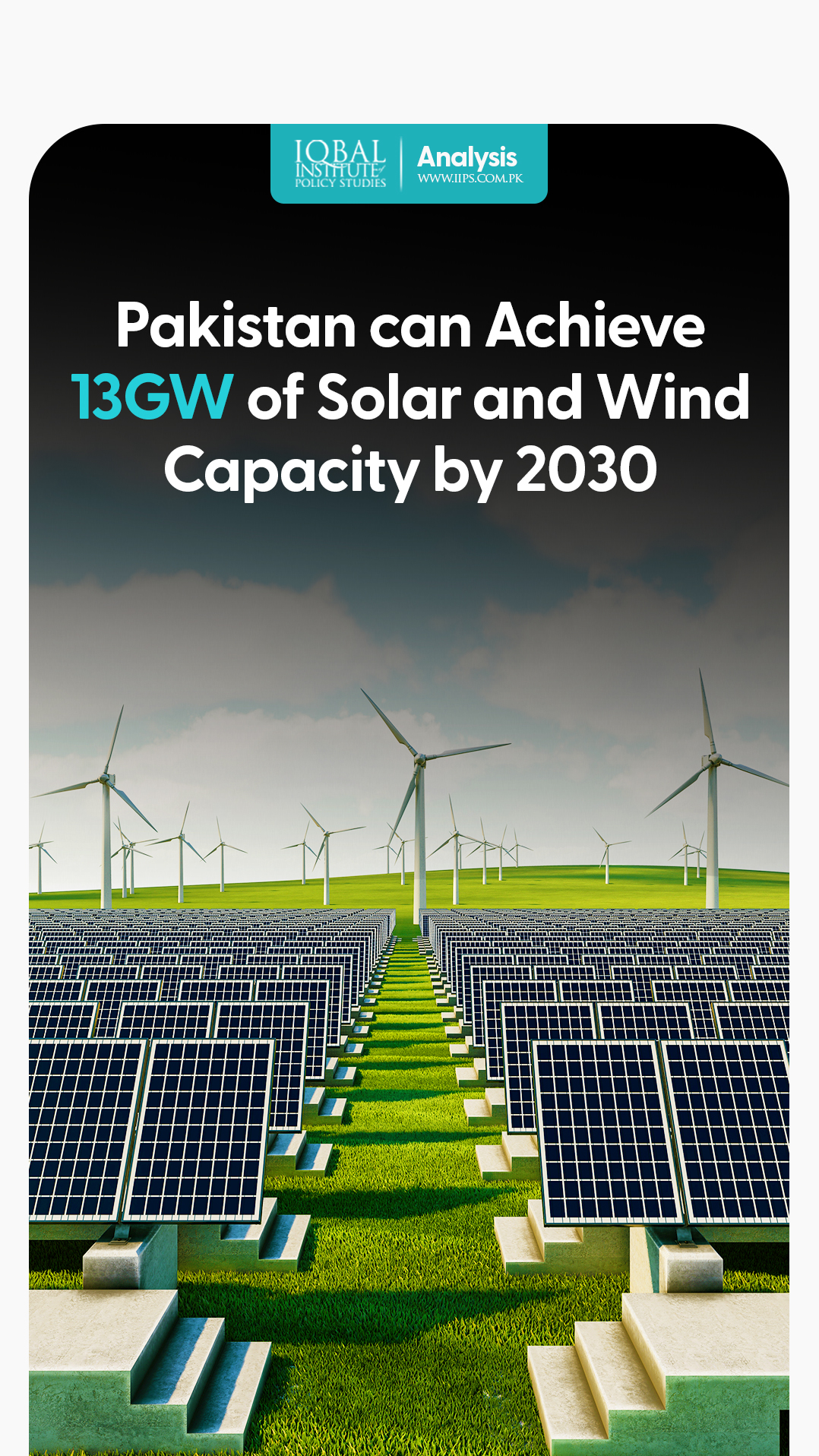Pakistan has tremendous potential to generate solar and wind power. However, the country is overcoming its severe energy crisis that has directly or indirectly affected all the sectors of the economy.
Pakistan generates its power from an energy mix that includes oil, gas (natural gas and liquefied natural gas, LNG), coal, nuclear, biomass, and renewable sources (solar, wind and hydro energy).
According to the National Electric Power Regulatory Authority’s (NEPRA) 2020 yearly report, Pakistan’s total installed power generation capacity is 38700 MW. The installed power generation capacity consists of 57 per cent of energy from thermal (fossil fuels), 31 per cent from hydro, 4 per cent from renewable (wind, solar and bagasse) and 8 per cent from nuclear (ITA,2022).
Going through long power outages in the past, Pakistan has significantly enhanced its adequate power generation capacity to meet its total demand. Recently, the World Bank suggested that Pakistan go for the immediate creation of solar and wind auctions based on big and dual technology clean power parks. These initiatives will lead Pakistan to gain 13 GW of solar and wind capacity by 2030.
With 1.7GW of wind and solar generation capacity, Pakistan needs to maximise its energy generation and transmission through technology-based clean energy park auctions to meet its 13GW energy capacity target (World Bank,2022).
Currently, Pakistan is highly dependent on importing energy. Therefore, renewable energy resources will play a significant role in meeting the country’s energy demand. For this purpose, the government developed an Alternative Renewable Energy (ARE) policy in 2019. The policy highlights a comprehensive framework for renewable energy generation and encourages the utilisation of renewable technologies in the country.
Pakistan has considerable potential for using wind energy, producing an exploitable amount of 50,000MW of electricity generation through wind turbines (Pakistan Meteorological Department). The Government of Pakistan (GOP) has developed a wind power energy corridor along the southern coastal regions of Sindh and Balochistan with additional 24 private wind projects, producing approximately 1235MW.
Furthermore, Pakistan is also making efforts to install and expand the use of solar energy at the National level. Quaid-e-Azam Solar Parka photovoltaic power station – was established in 2016 to generate 1000 MW of electricity. Furthermore, Alternate Energy Development Board (AEDB) has installed 22 solar projects with a cumulative capacity of 890 MW. Due to the increasing costs of electricity in Pakistan and an unreliable grid supply, industries and commercial organisations are turning to captive solar solutions.



Leave a Reply